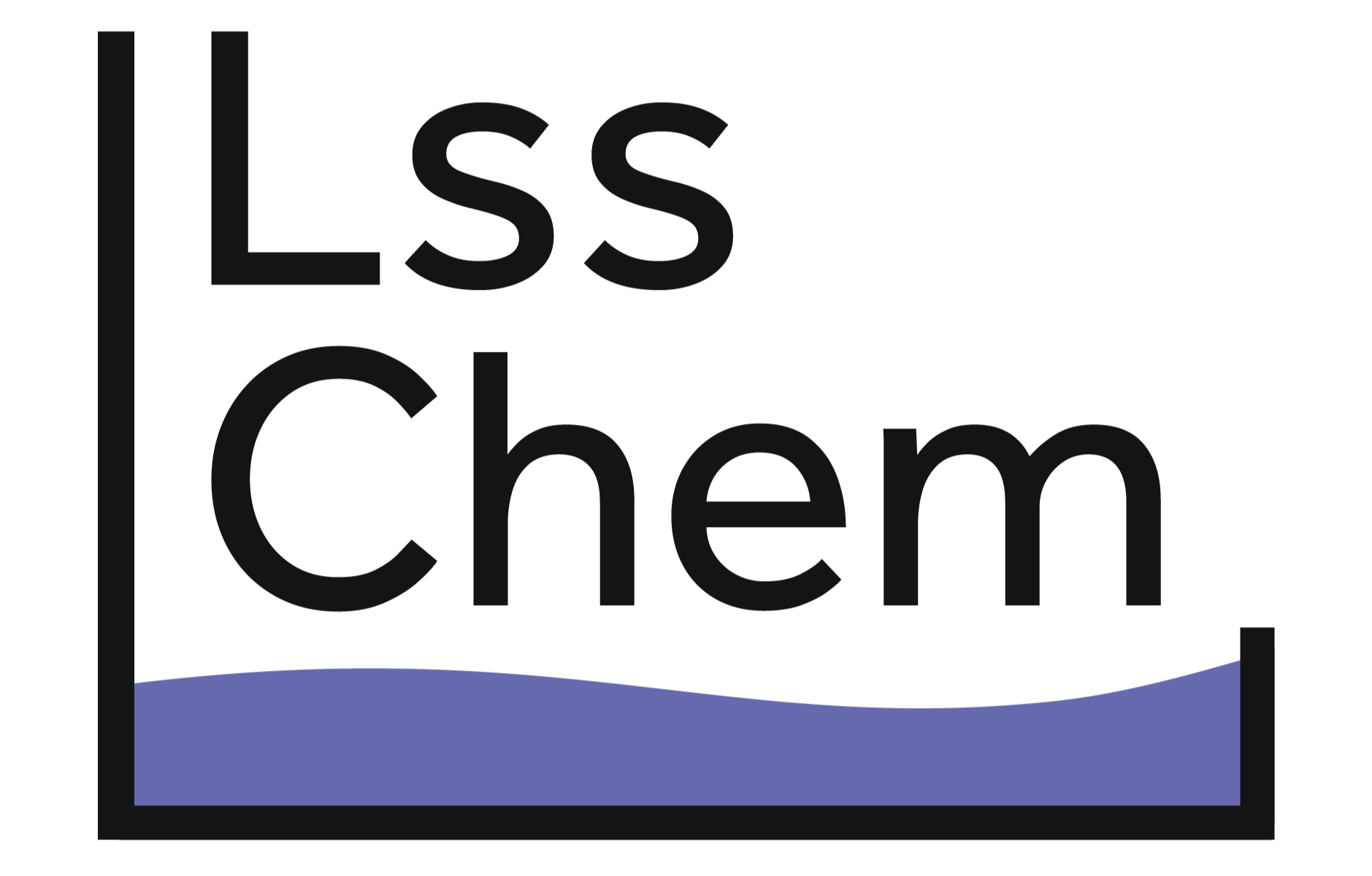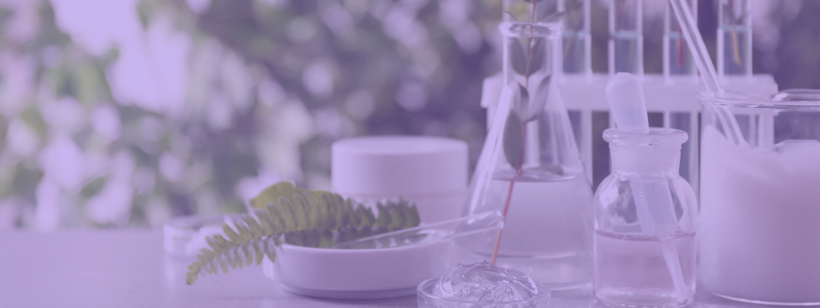In order for us to understand the benefits of green cleaning solvents, we first have to learn about its counterpart, traditional solvents.
What are traditional solvents?
Traditional solvents that are used industrially are generally toxic and very harmful to the environment, either because they are classified as air pollutants or toxic to aquatic life. Some examples of commonly used traditional solvents include n-propyl bromide and trichloroethylene. N-propyl bromide (nPB) is a toxic solvent used in vapor degreasers and aerosol cleaners. NPB is known to have negative effects on the nervous system, is a potential carcinogen, and is classified as a volatile organic compound (VOC). Trichloroethylene is also a toxic degreasing solvent that is a known carcinogen.
What are green cleaning solvents?
Green cleaning solvents, or biosolvents, are solvents that are:
- Environmentally friendly
- Non-hazardous or non-toxic
- Biodegradable
- Non-carcinogenic
- Non-ozone depleting
These solvents have become increasingly popular in recent years due to the growth of green chemistry, which aims to eliminate or significantly reduce production of hazardous waste and use of toxic chemicals. Many were purposely developed as alternatives to toxic petrochemical solvents. Some specific examples of green solvents include ethanol, 1-butanol, ethyl lactate, and acetone. These green solvents are much better eco-friendly and non-carcinogenic options as opposed to hazardous chemicals. Green solvents not only contribute significantly less harm to the environment and atmosphere, but provide a safer workspace environment for people that are utilizing them as cleaning agents.
Why are traditional solvents still being used than green cleaning solvents?
Though most traditional solvents are known to be dangerous to both humans and the environment, they are still largely used industrially because of their effectiveness and inexpensiveness. Traditional solvents are reliable for their effectiveness, but many green solvents can meet the same standards or even exceed them. Acetone, for example, is known for its ability to dissolve both polar and nonpolar contaminants, which is rare among solvents because they can usually only dissolve one or the other. Acetone is also a desirable option because it is miscible, non-toxic, versatile, and quickly evaporates, which are all extremely beneficial solvent properties.
Questions?
Looking for a low-toxicity eco-friendly solvent for your industrial cleaning needs? Check out our products here or go here to request a quote for any of our products!


